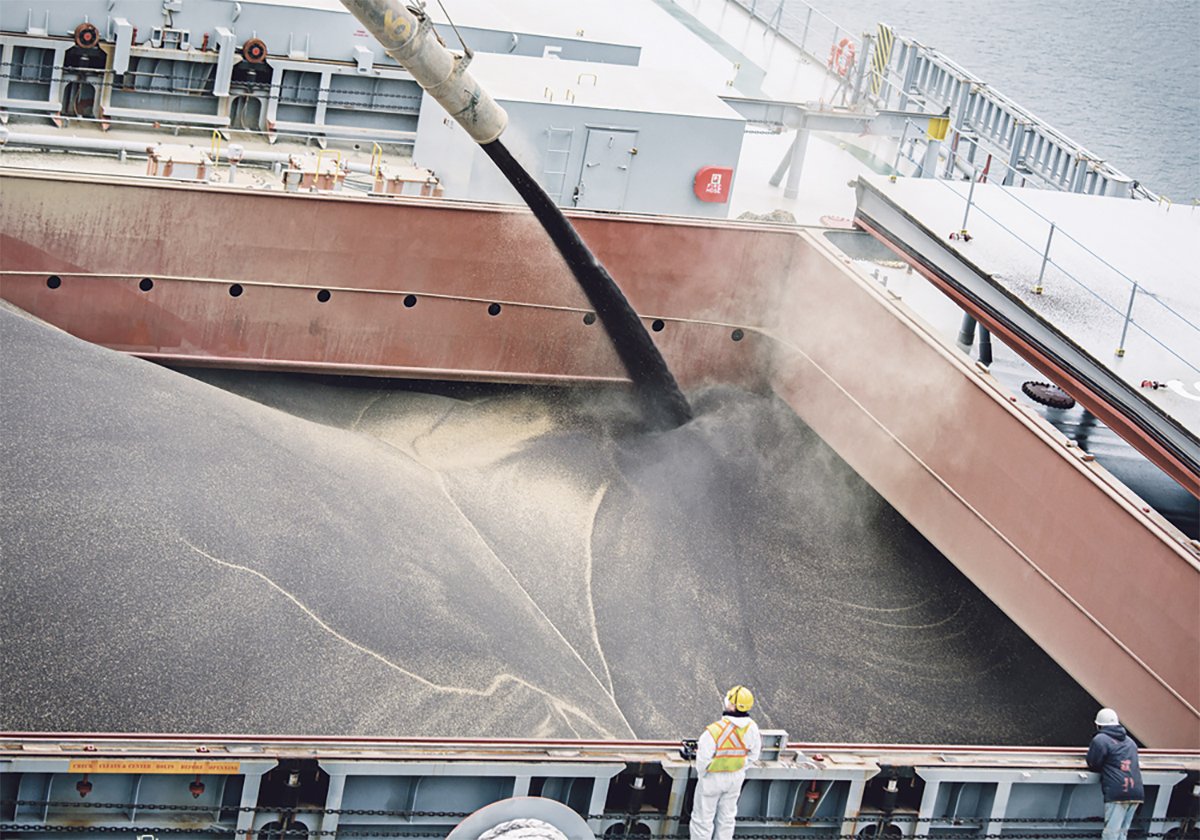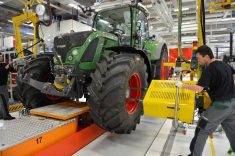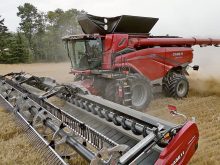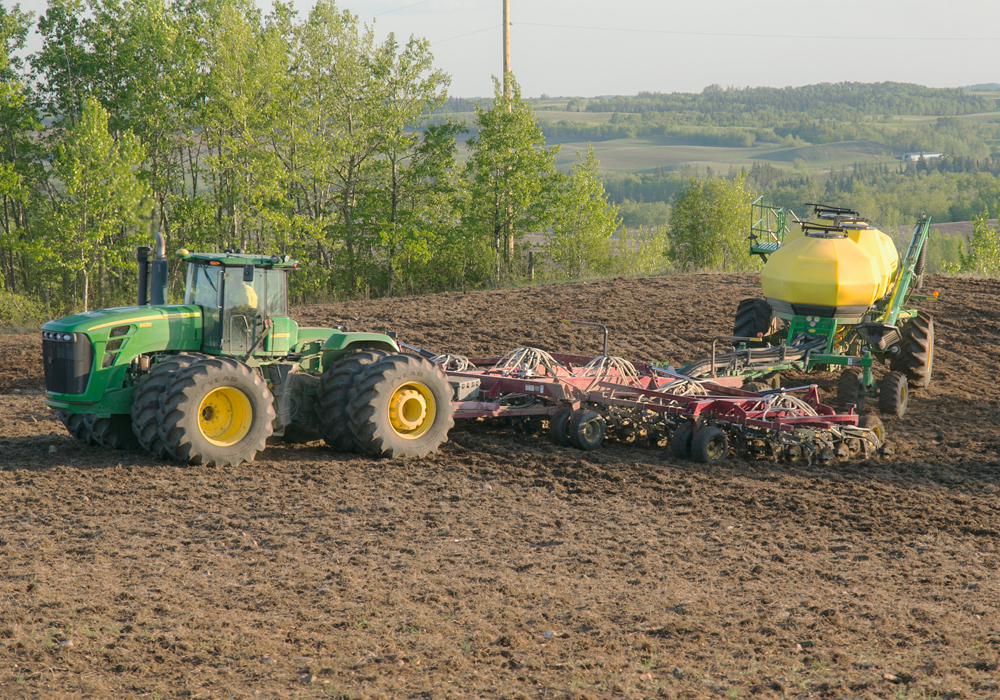LONGVIEW, Alta. – Naturally raised, local beef is on the menu at Cornflower Ranch.
Richard and Trudy Cutfield have been raising cattle for more than 20 years with a philosophy of clean air, water and naturally raised beef from their foothills ranch between Longview and Turner Valley in southwestern Alberta. They direct market as much beef as they can to restaurants and consumers who want to support small, local farmers.
Their first farm was near Millarville, but they needed more land and wanted to escape urban sprawl and moved to their current location four years ago.
Read Also

Exports off to a slow start after last year’s torrid pace
Canadian grain, oilseed and pulse exports are off to a slow start, but there are some bright spots, according to the Canadian Grain Commission’s most recent weekly export data report.
“We wanted to be some place where we knew there would be less opportunity for people to develop the heck out of the land,” said Richard.
The ranch backs up against the OH Ranch, which was designated as heritage rangeland last year. No housing, oil and gas activity or other development beyond ranching are allowed.
“Increasingly the clientele that we are attracting are of that mindset, understanding that development cannot keep going the way it has,” Richard said.
“That is part of the bargain I try to strike with our customers, understanding the degree they can help us be sustainable because we are in this for the long haul,” he said.
The ranch is named after the resilient cornflower Trudy considers a metaphor for their life.
“They were the first plants up in spring and were the very last in the fall. It is a survivor. It does not die off in a harsh winter or drought of summer. You cut it back and it comes back again,” Trudy said.
“You can count on it.”
They have a cow herd of about 100 registered Herefords raised without antibiotics or growth hormones. They avoid pesticides, herbicides or other agricultural chemicals, using antibiotics only when animals are ill. Those cattle will not go into the direct marketing stream. About 40 head a year go to the meat and breeding market.
The herd is generally closed but any new bloodlines come from producers they know whose practices match their own. They also buy feed from producers they know.
Herefords were selected because there were some on their first leased property. A cow named Denise became Trudy’s pet while she was painting fences during the summer. When the fall arrived, the landlord gave them Denise and another named Miss Sandman.
They liked the quiet disposition of the cattle because they had two young daughters at the time and wanted to keep them safe. They also appreciated the historical significance of Herefords, which were developed in England as a beef breed.
The couple has earned certification for customer assurance to help in marketing and because they believe it is the right thing to do.
They hold certificates from the Food Alliance, which supports animal welfare and verified production practices, humane transportation, environmental farm plans and a verified beef production program. They also have a membership with the International Association of Small Farmers. Richard serves on its board.
They do not reject big agriculture but they prefer not to sell cattle at the auction market to unknown buyers with little financial return to them.
“I am not a price taker any more,” he said.
“Somewhere there is 30 to 40 cents of every dollar along the way that if I can put it in my own pocket rather than the guy at the feedlot, or the auction mart or the processor, why wouldn’t I do it?”
However, he said customers need to understand farmers like them need to be fairly paid since they do all the work from pasture to plate.
“This is an industry in crisis and we cannot keep going the way we have been going,” he said.
“I am determined that we are not only going to be a survivor but a pioneer. I think crisis is an opportunity for some and it will force some out of the marketplace,” he said.
They have found customers who share their philosophy of home raised, local food and they do not flinch at the price whether they are buying grass fed or grain finished beef from the ranch.
They network with other producers, chefs and local food proponents to deliver their message. One of their promotions centred around two ranch suppers where a chef prepared a local menu using their beef and local produce for about 50 guests.
As a former risk management specialist with an international investment company, Richards understands economics but still objects to importing beef while local producers go bankrupt.
“Stop buying international products. I understand we bring in televisions from Japan but beef is a staple of our agriculture economy,” he said.
While they are marketing beef, they work off the farm part time. Trudy is a nurse in Calgary and Richard works at the Bar U Ranch, a local heritage site. Finding extra help can be a challenge.
“Nine months of the year, Richard and I working part time off the ranch can handle 90 or 100 head and still be sane at the end of the day. Three months of the year, of which calving is one of them, we really need extra hands,” she said.
Help came from the international program, World Wide Opportunities on Organic Farms, where young people volunteer to work on the farm in exchange for room and board and an international agricultural experience.
They hosted three Europeans last year and hope to welcome more this coming year.

















